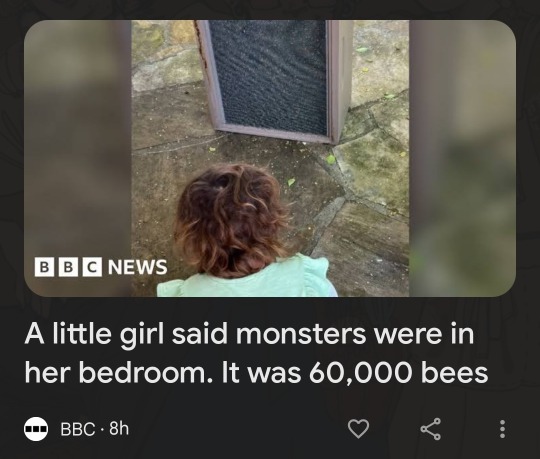#BEES
Explore tagged Tumblr posts
Text



Bead Embroidery Kits // Craft Artist Studio
8K notes
·
View notes
Text
They weren't "created." African honey bees (Apis mellifera scutellata) are huge honey producers but very defensive. European honey bees (Apis mellifera) are gentler and easier to work with, but don't produce as much honey.
What Brazilian breeders were trying to do was get the best traits of both bees — a gentle honey bee that produces a lot of honey. They had started some crosses when about two dozen swarms escaped from the quarantine where they were being held.
Those hybrids were more defensive than Europeans but not quite as hostile as pure A. m. scutellatas. They have been slowly breeding north for the past 70-odd years.
They can get really nasty and people have died from getting attacked, but these bees are defensive — if you threaten them, they will come after you. If you leave them alone, you're fine.
(Sorry, I realize this was a tumblr call-and-response joke, but one of my many jobs is beekeeping education.)

did it work
109K notes
·
View notes
Text



Source
#environmentalism#save the bees#bees#current events#important#climate change#climate crisis#environment#news
531 notes
·
View notes
Text

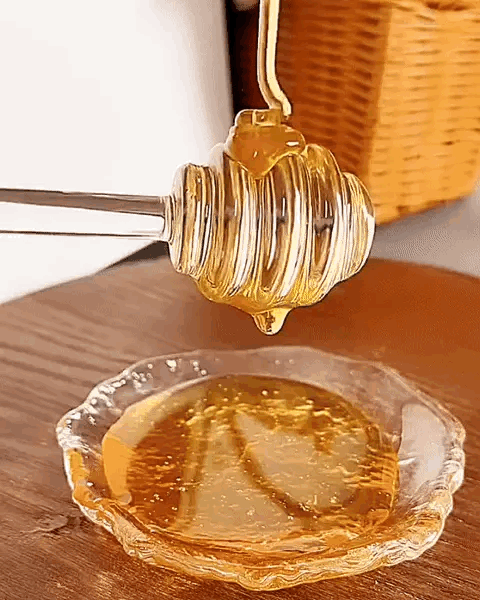

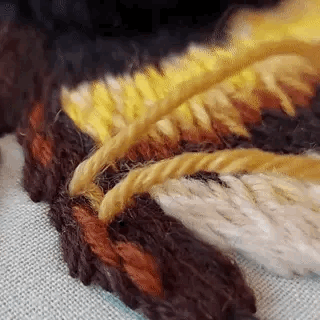
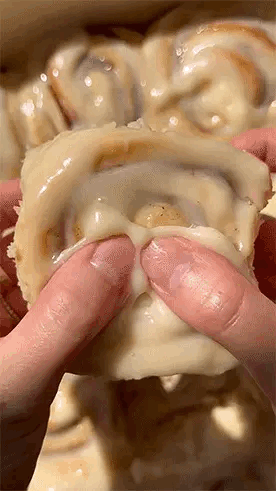
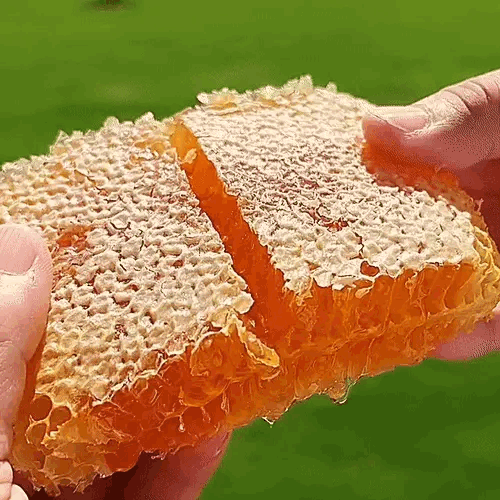
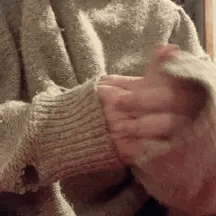


4. A cute name you like to be called
Honeybun
x/x/x x/x/x x/x/x
#squishyvalentine#honeybun#fall#autumn#cozy#food#honey#honeycomb#bread#baking#sweets#sweaters#embroidery#bees#hearts#yellow#beige#brown#orange#stimblr#sensory#my stimboards
35 notes
·
View notes
Text
Coming back to this post because I have my own example! Today I moved this lethargic Bombus mixtus queen, using a leaf; away from the wet muddy ground. It had rained earlier, so I placed her in a dryer spot with more vegetation. Of course she wasn’t happy with me and stuck her leg out quickly! I left her to her business after I took a quick photo, but it was cool to see the display.

Random bee behavior fact for those who wish to read, just because I feel like it and because it’s late and I’m stalling on sleeping:
Bumblebees look like passive, cuddly, and docile creatures; and they generally are- but they won’t hesitate to defend themselves if they feel their warnings aren’t being seen!
I.e. below, when a bumblebee feels threatened they will raise one or more of their legs into the air, signaling to whatever or whomever may be bothering them as a message essentiality saying: “hey, back off, too close!”
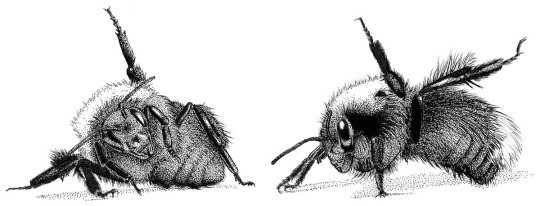
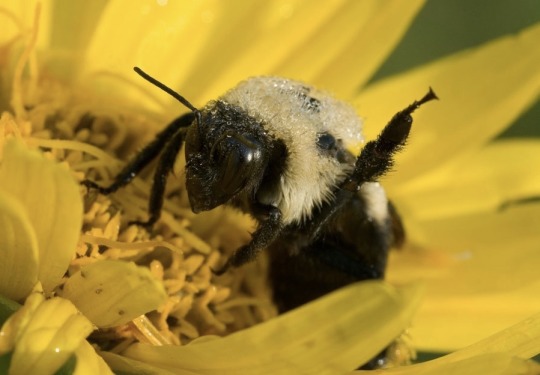
species: top, bombus pascuorum / bottom, bombus impatiens
If their defensive posture goes unnoticed or ignored, they may be pushed into defending themselves by stinging (which is an all around sucky experience for not only you, but also for the bee. (Note that bumblebees do not die after stinging, but it is still stressful for them.) If you ever find yourself getting close to a bumblebee while taking pictures, trying to move them, or just admiring them, remember this posture! If they do this, it is simply asking you to take a step back because it feels it is being threatened! You might get stung.
Now you can understand and use this knowledge to your advantage if you ever come across one in the future. (Of course, because it’s very hard not to anthropomorphize animals, I do admit that they look cute when doing it. Just remember to respect their space!)
29K notes
·
View notes
Text

They're out and about~~~~🐝🐝
飛び回ってるよ~~~🐝🐝
3 notes
·
View notes
Text





Spring Beauty Mining Bees (Andrena erigeniae)
April 3, 2025
Southeastern Pennsylvania
This bee is a pollen specialist. These Spring Beauties (Claytonia sp.) are an ephemeral wildflower that bloom in early spring before the tree canopy fills in. This is the only kind of flower that these bees pollinate. All the bees above are female except for one. The male is smaller, slimmer, and doesn't have hairs on his legs for carrying pollen.
#bee#bees#photographers on tumblr#bugs#bug#spring beauty miner#Andrena erigeniae#bugblr#entomology#insects#insect#nature#animals#wildlife photography#beeblr
144 notes
·
View notes
Text
Wool-Carder Bees: these solitary bees harvest the soft, downy hairs that grow on certain plants, rolling them into bundles and then using the material to line their nests
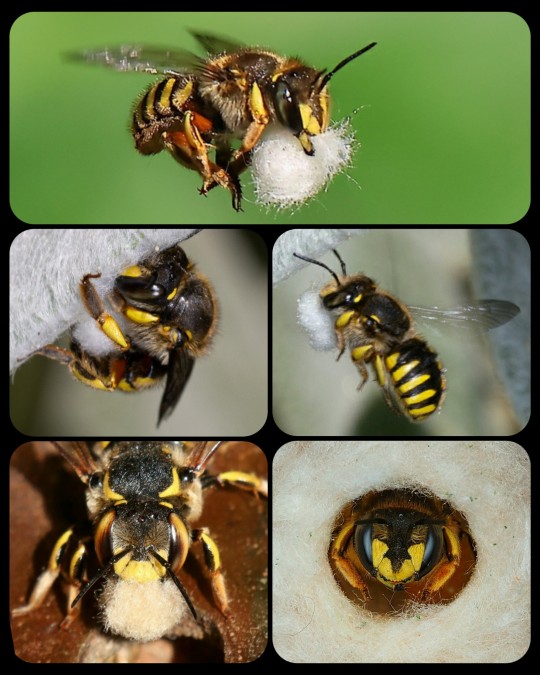
Wool-carder bees build their nests in existing cavities, usually finding a hole/crevice in a tree, a plant stem, a piece of rotting wood, or a man-made structure, and then lining the cavity with woolly plant fibers, which are used to form a series of brood cells.
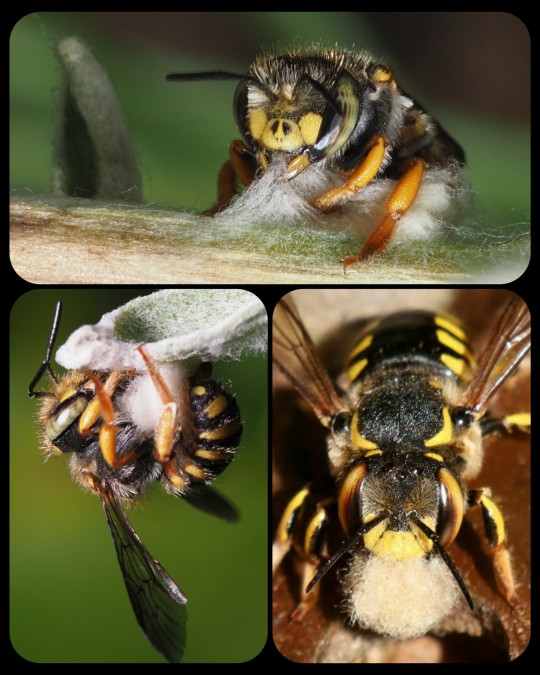
The fibers (known as trichomes) are collected from the leaves and stems of various plants, including lamb’s ear (Stachys byzantina), mulleins, globe thistle, rose campion, and other fuzzy plants.

From the University of Florida's Department of Entomology & Nematology:
The female uses her toothed mandibles to scrape trichomes off fuzzy plants and collects a ball of the material under her abdomen. She transports these soft plant fibers to her selected nest site and uses them to line a brood cell. Next, she collects and deposits a provision of pollen and nectar into the cell, enough pollen to feed a larva until it is ready to pupate. Lastly, she lays a single egg on top of the pollen and nectar supply before sealing the cell. ... She will repeat this process with adjoining cells until the cavity is full.
These are solitary bees, meaning that they do not form colonies or live together in hives. Each female builds her own nest, and the males do not have nests at all.
Female wool-carder bees will sometimes sting if their nest is threatened, but they are generally docile. The males are notoriously aggressive, however; they will often chase, head-butt, and/or wrestle any other insect that invades their territory, and they may defend their territory from intruders up to 70 times per hour. The males do not have stingers, but there are five tiny spikes located on the last segment of their abdomen, and they often use those spikes when fighting. They also have strong, sharp mandibles that can crush other bees.
There are many different types of wool-carder bee, but the most prolific is the European wool-carder (Anthidium manicatum), which is native to Europe, Asia, and North Africa, but has also become established as an invasive species throughout much of North America, most of South America, and New Zealand. It is the most widely distributed unmanaged bee in the world.

A few different species of wool-carder bee: the top row depicts the European wool-carder, A. manicatum (left) and the spotted wool-carder, Anthidium maculosum (right), while the bottom row depicts the reticulated small-woolcarder, Pseudoanthidium reticulatum, and Porter's wool-carder, Anthidium porterae
Sources & More Info:
University of Florida: The Woolcarder Bee
Oregon State University: European Woolcarder Bees
Bohart Museum of Entomology: Facts about the Wool Carder Bee (PDF)
Bumblebee Conservation Trust: A. manicatum
World's Best Gardening Blog: European Wool Carder Bees - Likeable Bullies
Biological Invasions: Global Invasion by Anthidium manicatum
#entomology#hymenoptera#apiology#melittology#bees#woolcarder bees#nature#insects#arthropods#science#solitary bees#european woolcarder#anthidium#animal facts#cool bugs#cute animals
3K notes
·
View notes
Text

141 notes
·
View notes
Text


His plastic petals are visibly fraying. Bees and flies follow him around. He smells like when a really fragrant rose is beginning to wilt and die. I didn’t say a name but he popped into your mind didn’t he?
#dandy's world#my art#fanart#bees#dandys world#dw dandy#dw sprout#dw astro#dw shelly#dw vee#main toons
29 notes
·
View notes
Text
Shout out to the Violet Carpenter bees with their iridescent wings
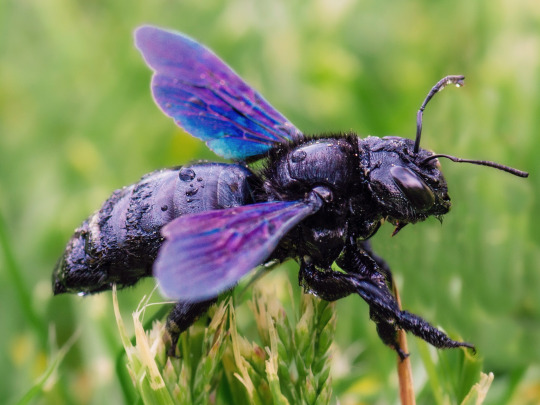
(Source: The John Russell Honey Company)
8K notes
·
View notes
Text
I like bees a normal amount
I say after almost crying from joy at an article on bumblebees
15 notes
·
View notes
